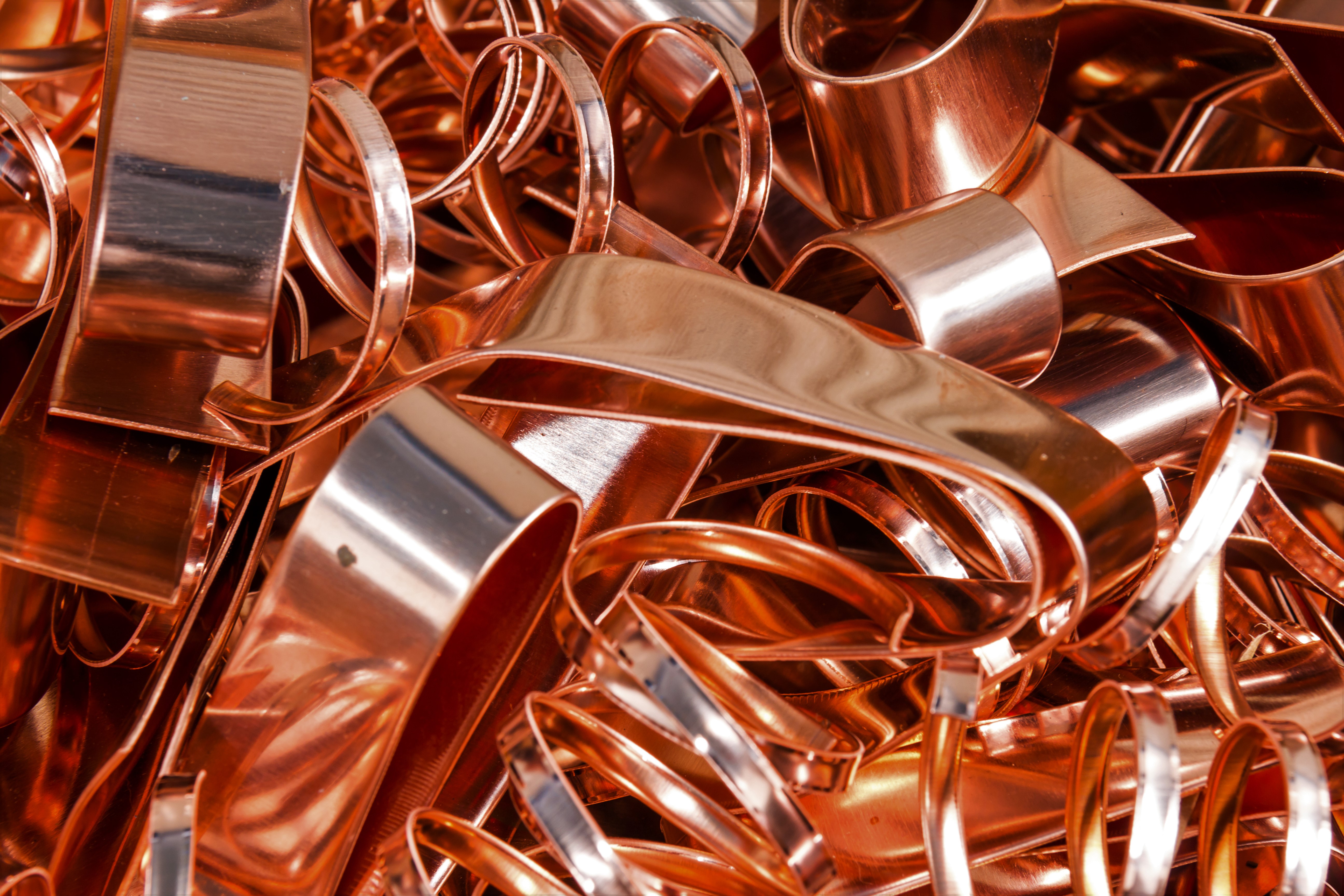
We’ve all heard that there is more gold in a tonne of mobile phones than in a tonne of ore. But is the idea of a ‘mine above the ground’ any closer to reality? Circular economy expert Martin R. Stuchtey explains how and why the shift to a global metals bank is happening.
When Janez Potocnik drew the famous comparison with the phones back in 2014, he wasn’t just trying to spark a recycling gold rush. As the then-European Commissioner for the Environment, and now co-chair of the UN International Resource Panel, he was making a wider point: we should understand the effect that our drive for growth has on our planet’s finite natural resources, and the loss of value that our economic models involve. Applying this understanding would mean that we stop using and designing products to end in ‘waste’, and instead find innovative ways of keeping their materials in productive use.
What do those ideas look like in practice? Martin R. Stuchtey is one of the pioneers of the circular economy. We asked him where he’s seeing progress, and whether ‘the mine above the ground’ is really happening.
“If we ask ourselves a simple question – where do we see the resource productivities and the low-carbon behaviours that we need for our global economy at large: it’s where there are incentives strong enough to bring the circular economy wheel in motion.
This is the case when materials have been given a defined marketable value, such as in a deposit return system. Or where producers decided to keep ownership of their products. When manufacturers retain rather than sell their product, they’re incentivised to apply a more resource-productive approach. Better resource use also happens where there is absolute resource scarcity. And where producers know there is full, sanctionable transparency over their operations.
There are a number of industries where we’ve seen a significant shift. In the plastic industry, it’s being driven by perception and brand exposure. Most plastic packaging loses 95% of its value on first use – we’re throwing away over $80 billion every year. Meanwhile, food waste is becoming ethically and socially unacceptable, and here the annual global value is closer to $990bn.
But one of the most significant examples is in the mobility sector, where there is a real question of scarcity and cost. Just the metals in an electric vehicle traction battery account for over a quarter of its cost.
Key materials like cobalt are expected to at least double in price in the next few years, as electric cars start to become the new normal. Especially in Europe, which depends so heavily on imports for its high-value resources, Professor Stuchtey sees a real change of thinking.
We’re looking at battery electric vehicles: their whole-life economic performance and their true environmental profile. The circular, sustainable version comes in at a quarter less cost and almost half the emissions. That’s if you properly apply ideas like vehicle-to-grid technology, and re-use, repair and recycling – which are all industrially achievable.
Bigger system changes need to happen. The Global Battery Alliance is developing a ‘battery passports’ mechanism for sharing data on the origin of the battery’s materials, helping extend usable life and ensure correct end-of-life processing. Germany wants up to 10 million electric cars on the road in 2030, so the Circular Economy Initiative Deutschland is calling for a virtual platform to host this materials data; that’s just as important as creating the physical infrastructure for disassembly and recycling.
Companies are really seeing that this is not just a minus scenario for them. The CEID report is showing how an attractive growth sector can emerge – and needs to emerge -around battery life cycle management, with potential for additional business value, innovation and jobs.
It turns out that it’s not just about a gold mine, but about many different resources.
We analysed how moving away from virgin metals could work in the copper industry. It’s possible. We found that much of the demand growth could be fulfilled from now until 2030 by scrap, and beyond then by dematerialised solutions. This includes consumers moving from seeing copper as a consumable to a durable material.
A metal bank starts to become more attractive than the mine when three factors combine.
First, resource costs need to be growing as a share of overall costs, which they clearly are. The total system recovery costs must be lower than the mining costs – again, that’s starting to happen. Lastly, and maybe less obviously, you need a usage model where all the cash flow doesn’t happen upfront – as at present, when you sell a car. Instead, it needs to happen during the lifecycle of the product.
Huge companies such as Apple are committed to moving out of virgin materials. Potentially, that doesn’t just allow you to tell your shareholders that there is growth after 2030. It takes you to a business model that is no longer about resource use, but about resource productivity. You’re reducing environmental impacts, and creating real prosperity and wellbeing.
And Professor Stuchtey leaves us in no doubt that the change has to happen.
Perhaps to our cost, we remember the famous fact about the gold and the phones, and forget an even starker truth from that same speech of Janez’s. He said: ‘not a single country’ is living both sustainably and well. We all need to bring our use of resources within planetary boundaries, and the circular economy is the way to make both ends meet.
Martin R Stuchtey is the co-founder of SYSTEMIQ.

